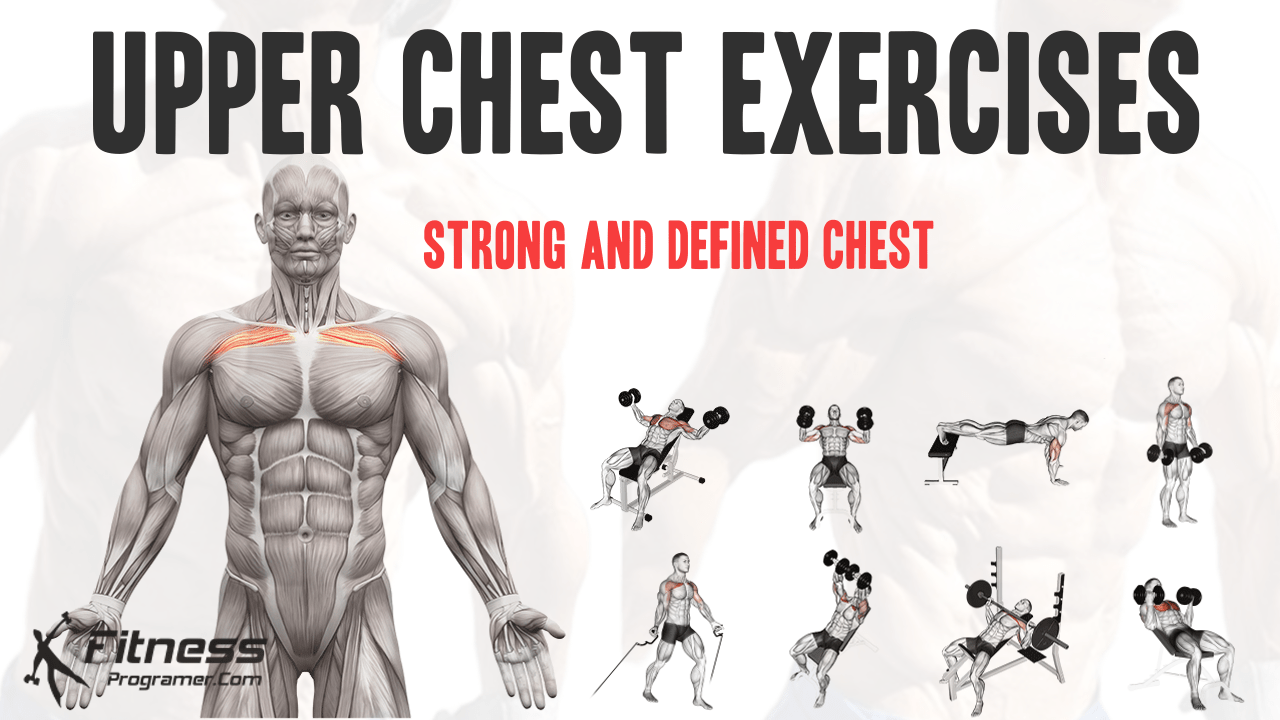Contents
Building a strong and defined chest often requires a well-rounded chest workout that targets various angles of the chest muscles. The upper chest primarily consists of the clavicular head of the pectoralis major muscle. It’s the area responsible for the full, well-rounded chest that many aspire to achieve. Developing this area not only enhances your physique but also contributes to functional strength, such as pushing and lifting.
The pectoralis major is a large muscle in the chest that is divided into three main sections: the clavicular head, sternal head and the abdominal head.
The upper chest muscles attach to the clavicle (collarbone) and run down to the upper part of the sternum (breastbone).

The clavicular head of the pectoralis major muscle is responsible for lifting and moving the arms towards the body in a forward motion, as well as playing a role in shoulder movement.
Neglecting the upper chest can result in an unbalanced or asymmetrical appearance. Additionally, building strength in the upper chest enhances your ability to perform everyday activities that involve pushing, lifting, and carrying objects. It’s not just about appearance; it’s about function too.
Incorporate these exercises into your upper chest workout routine, ensuring proper form and gradual weight progression to challenge your upper chest muscles effectively. By following a well-structured training plan and staying consistent in your efforts, you’ll be on your way to achieving a strong and defined upper chest.
How Often Should You Train Your Upper Chest?
How often you should train your upper chest depends on several factors, including your fitness goals, current level of fitness, and recovery time.
If you’re new to working out or haven’t trained your upper chest before, aim for 1-2 upper chest workouts per week. This will give your muscles time to recover and adapt to the new stress.
If you’re an experienced lifter and have been training for years, you can increase your upper chest workouts to 2-3 per week. However, be sure to listen to your body and adjust accordingly if you start to feel fatigued or experience pain.
It’s also important to consider your overall workout routine when deciding how often to train your upper chest. You don’t want to overwork one muscle group and neglect others. Aim for a well-rounded workout routine that includes exercises for all major muscle groups.
Lastly, recovery time is crucial for muscle growth and injury prevention. Be sure to give your upper chest muscles at least 48 hours of rest between workouts, and prioritize adequate sleep, hydration, and nutrition for optimal recovery.
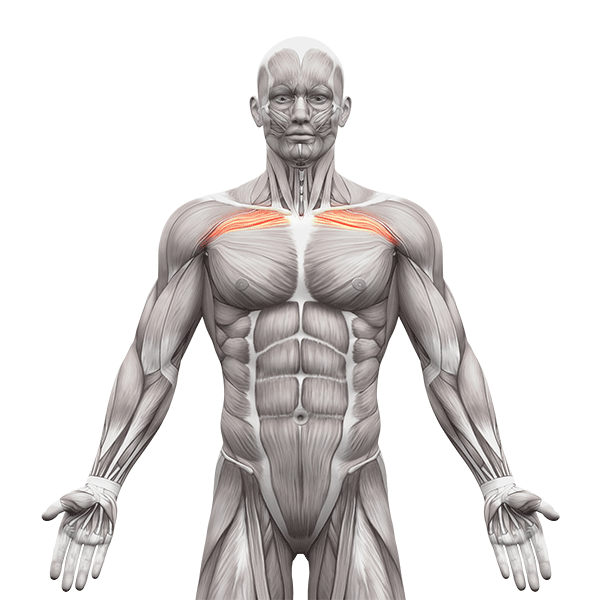
Here are some tips on how to do it effectively:
Plan your workout schedule: Decide how many days a week you want to work on your chest muscles and which exercises you want to include in your routine.
Warm-up: Always start your upper chest workout with a good warm-up. This will help prevent injuries and prepare your muscles for the upcoming exercises.
Choose a variety of exercises: Choose at least 2 exercises to include in your chest training routine. This will help ensure that you are hitting all areas of the upper chest.
Consider sets and reps: Determine how many sets and reps you want to do for each exercise. Generally, 3-4 sets of 8-12 reps is a good range for building muscle.
Monitor your progress: Keep track of your progress over time by recording the weights you are using and the number of reps you are able to do. This will help you determine if you need to adjust your workout routine to continue making progress.
Allow for rest and recovery: Don’t forget to allow for rest and recovery days in between upper chest workouts. This will help prevent injury and allow your muscles to recover and grow.
8 Best Upper Chest Exercises
1- Incline Bench Press
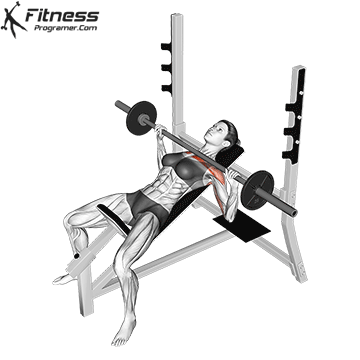
This exercise is one of the most effective ways to target your upper chest muscles. Set up an incline bench to about a 30-45 degree angle and perform the bench press as you normally would, focusing on keeping your elbows close to your body.
2- Incline Dumbbell Fly
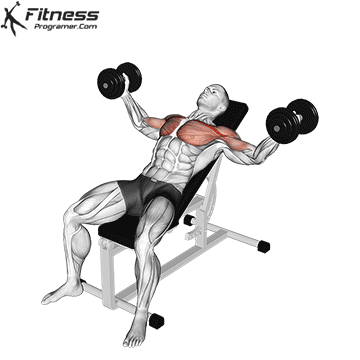
The incline dumbbell fly is an effective exercise for building strength and definition in the upper chest muscles. The incline bench position helps to emphasize the upper chest muscles by allowing for a greater stretch in the chest muscles during the exercise. To perform the exercise, you start by holding a dumbbell in each hand with your arms extended above your chest and your palms facing each other.
3- Incline Reverse Dumbbell Press
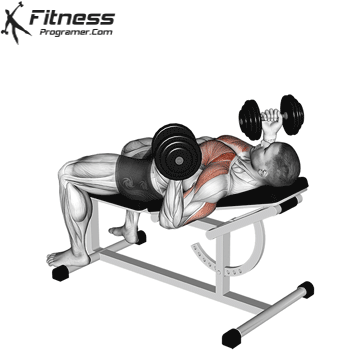
The incline reverse dumbbell press is an exercise that primarily targets the upper chest muscles, but also works the shoulders and triceps. Focus on squeezing your chest muscles at the top of the movement. Incorporate the incline reverse dumbbell press into your upper chest workout routine, along with other exercises that target the upper chest muscles, for optimal results.
4- Landmine Press
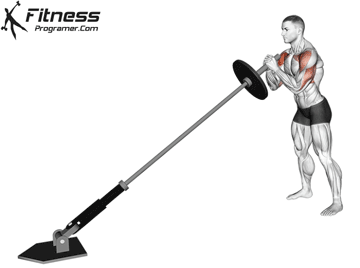
This exercise involves placing one end of a barbell into a landmine attachment or corner of a wall and holding the other end with both hands. Perform a pressing motion, focusing on squeezing your upper chest muscles at the top of the movement.
5- Dumbbell Upward Fly
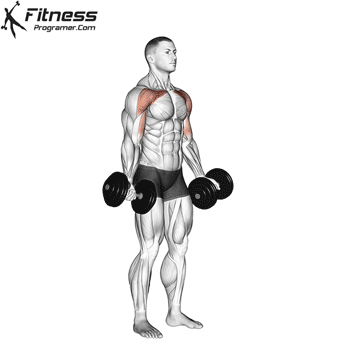
The dumbbell upward fly is an exercise that targets the upper chest muscles and can be performed with a set of dumbbells. Focus on using a slow and controlled motion rather than swinging the weights.
Start with a lighter weight and gradually increase as your strength improves.
6- Incline Dumbbell Hammer Press
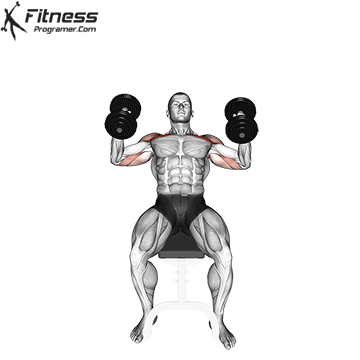
Lie on an incline bench with a dumbbell in each hand, palms facing each other. Lower the weights out to the sides in a controlled motion, keeping a slight bend in your elbows. This exercise targets the upper chest muscles and helps to create that coveted “peaked” look.
7- Incline Dumbbell Press
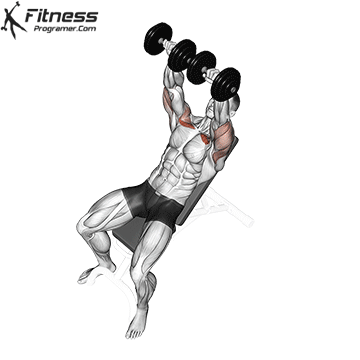
This exercise is similar to the incline bench press, but with dumbbells instead of a barbell. It can be more challenging to stabilize the weights, so start with a lighter weight and focus on proper form.
8- Decline Push-up

Elevating your feet on a bench or step during push-ups shifts more of the emphasis onto the upper chest muscles. Start with a lower bench and work your way up to a higher one as you get stronger.
By incorporating these tips into your workout routine, you can effectively target your upper chest muscles and achieve a more defined and balanced chest.

